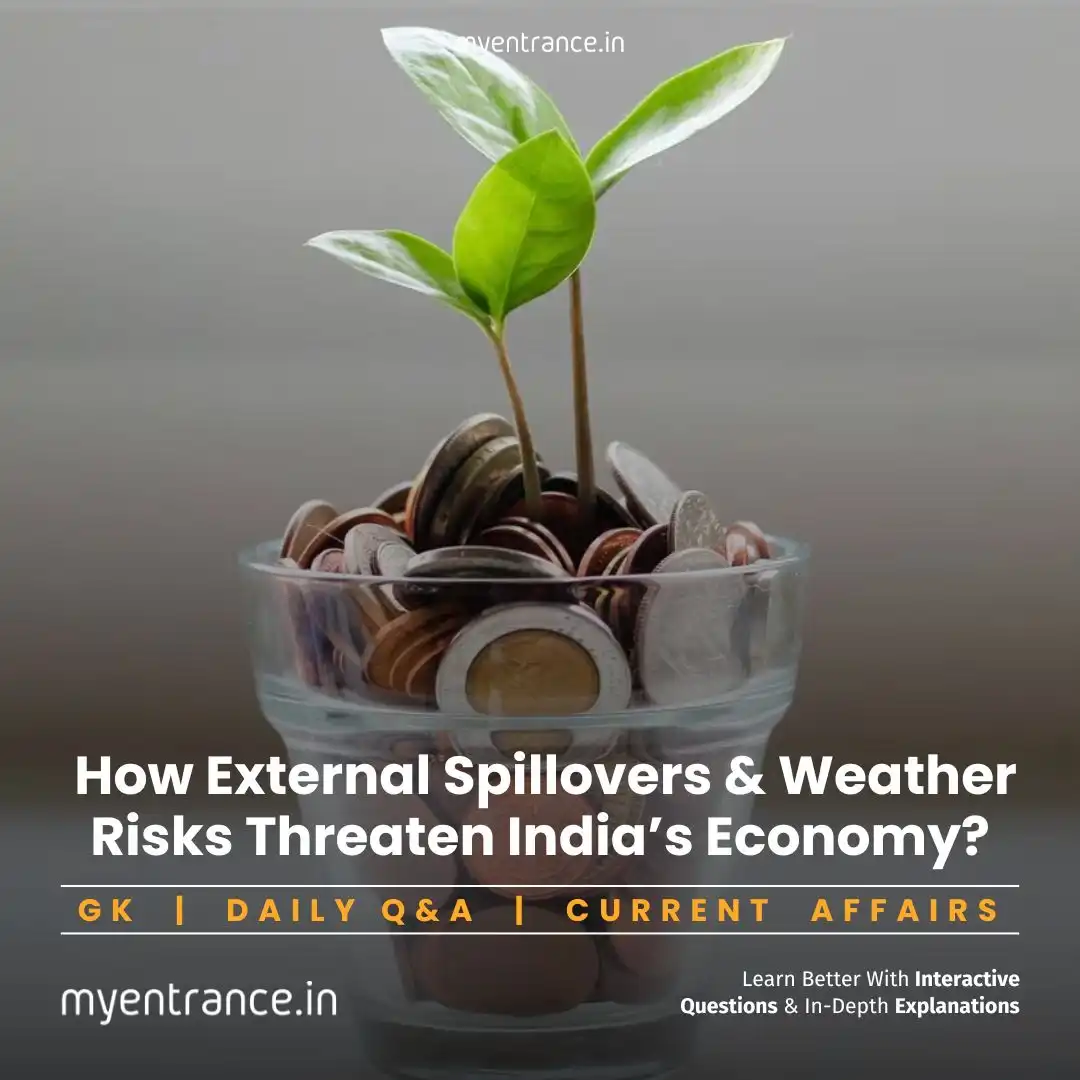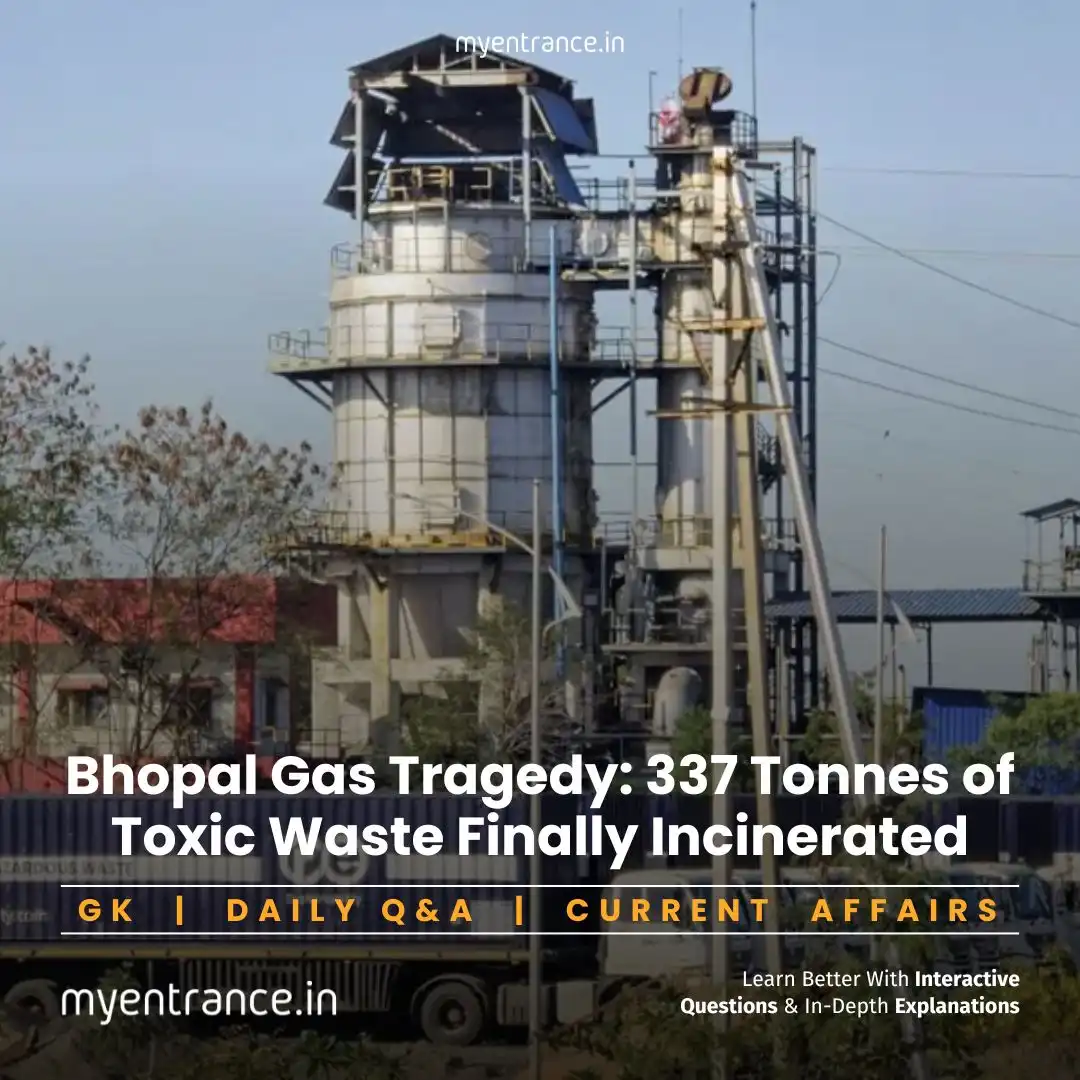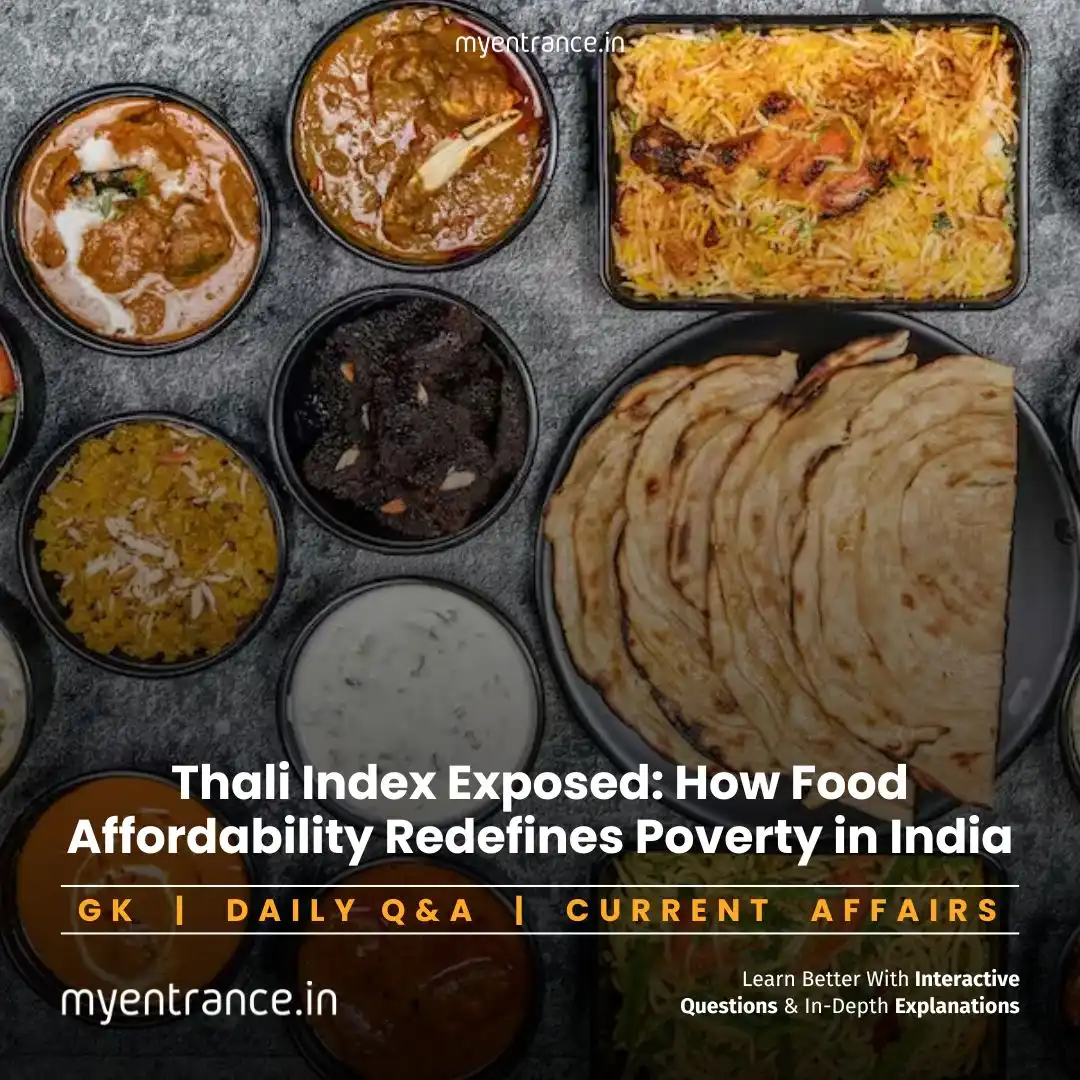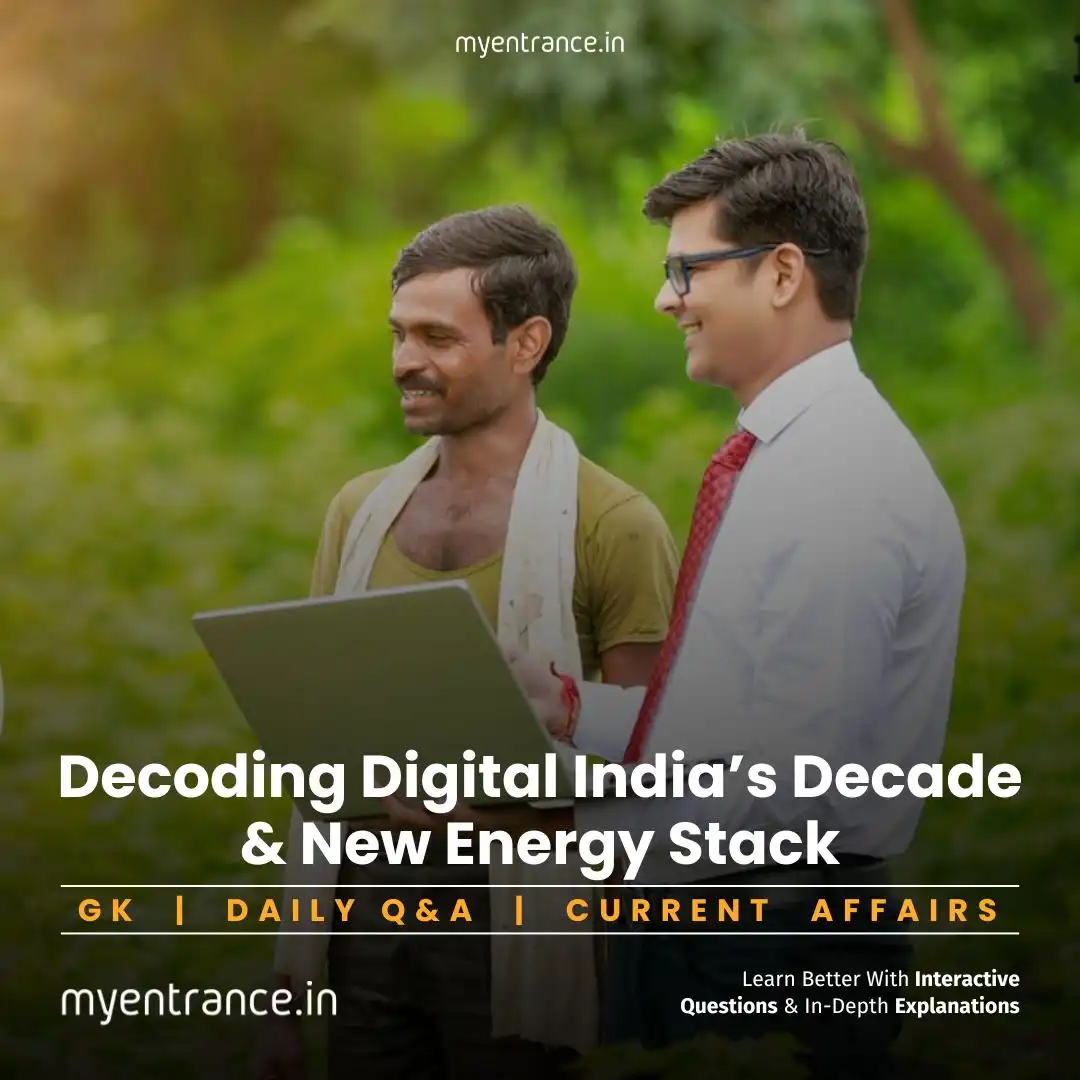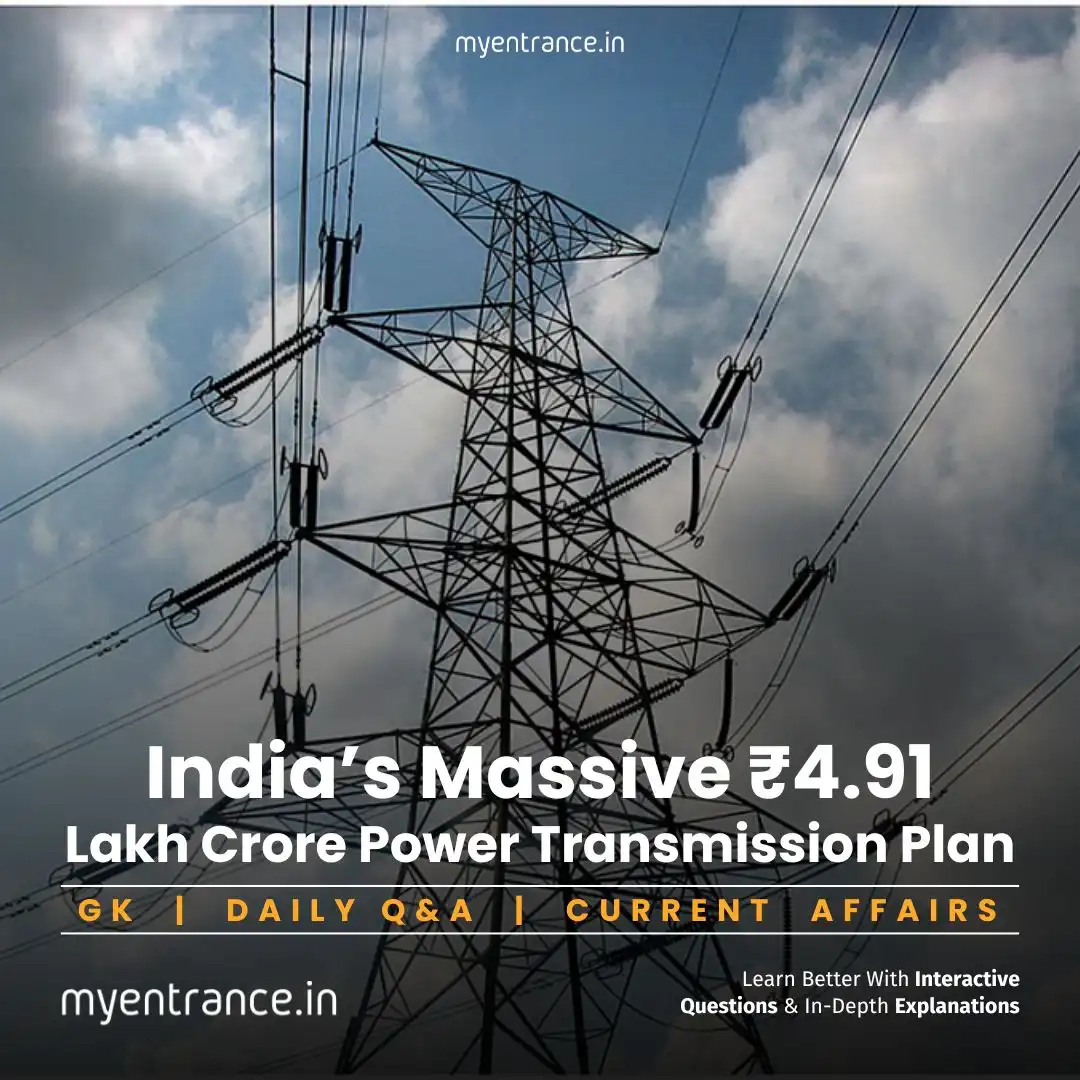Select Language
India’s Solar Surge: Solar PV Cells Explained
India’s solar PV cell imports from China skyrocketed by 141%, driven by booming domestic manufacturing. But what exactly are these cells, and how do they power our world? Let’s demystify the science!
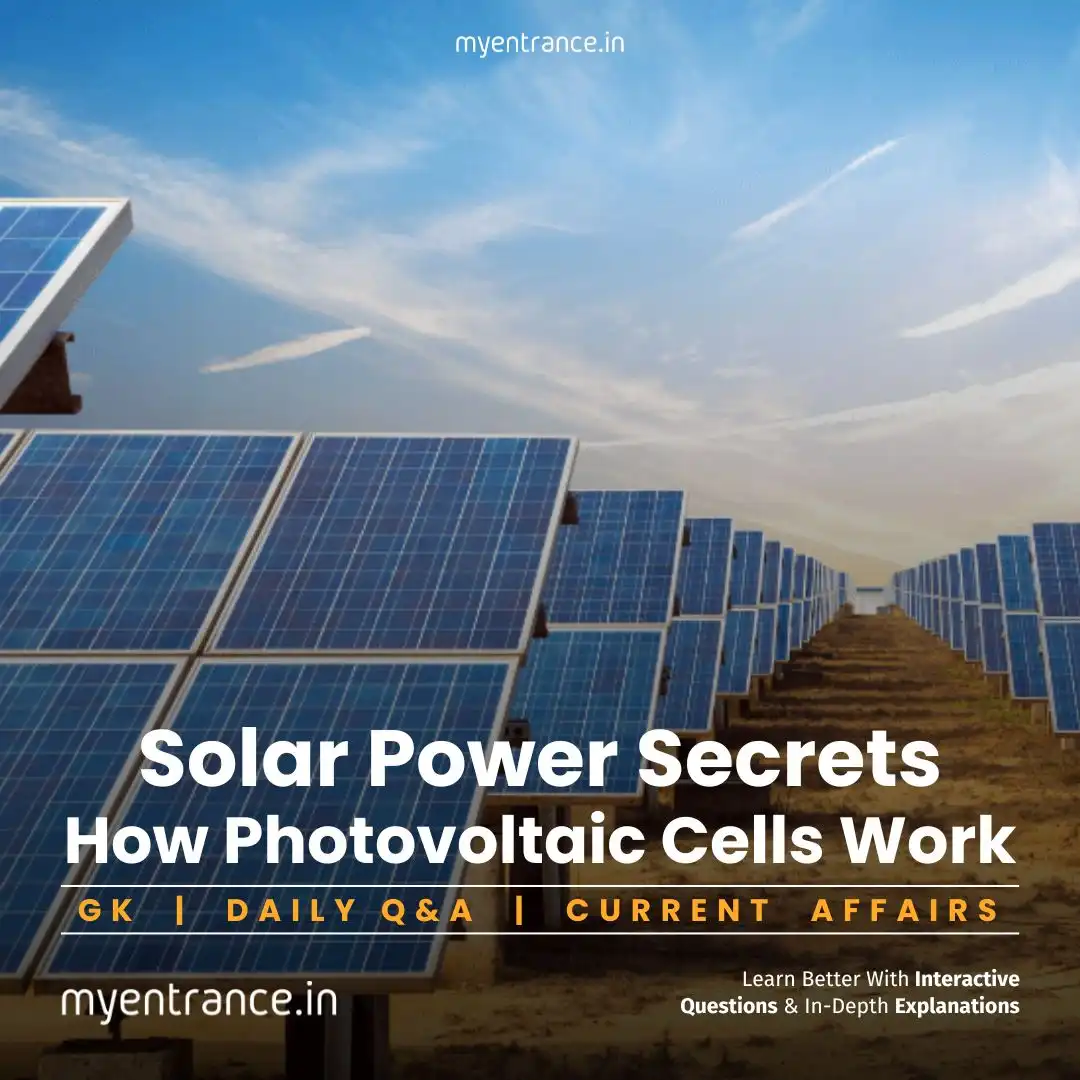
Solar PV Cells: The Heart of Clean Energy
Solar photovoltaic (PV) cells are semiconductor devices (usually made of silicon) that convert sunlight directly into electricity. They’re the building blocks of solar panels, which you’ve likely seen on rooftops or solar farms. Unlike traditional electricity generation—relying on electromagnetic induction pioneered by Faraday—PV tech harnesses the “photovoltaic effect” first observed by Becquerel in 1839.
A Quick History Lesson
While Einstein’s Nobel-winning work on the photoelectric effect laid the groundwork, the first practical silicon solar cell emerged in 1954 at Bell Labs. Breakthroughs like Polish scientist Czochralski’s method for growing pure silicon crystals made this possible. Today, these crystals remain the standard in PV manufacturing.
PV vs. Other Solar Tech
PV systems feed electricity into grids (regulated and taxed).
Solar heating/cooling tech (like absorption refrigeration) works standalone, often in off-grid areas.
Sunlight Isn’t Perfect—Here’s Why
Solar energy is abundant but thinly spread. Technologies like parabolic mirrors or Fresnel lenses “concentrate” sunlight for heating, cooking, or power generation. Yet, PV cells face efficiency hurdles:
Only 49.6% of sunlight’s energy is usable due to “band gaps” (energy thresholds electrons must cross).
Excess photon energy becomes wasted heat.
Materials like gallium arsenide capture more spectrum but are costly/toxicity-limited.
How Silicon PV Cells Work
Doping: Silicon is mixed with phosphorus (adds extra electrons) and boron (creates “holes” for electrons).
p-n Junction: This charge imbalance creates an electric field.
Sunlight Strikes: Photons “kick” electrons into motion, generating current when connected to a circuit.
Efficiency Realities
Theoretical limit: 33.7% for silicon cells (Shockley-Queisser limit).
Real-world losses: Heat radiation (7%), charge imbalances (10%), and DC/AC conversion drop efficiency to ~20%.
Fun fact: Photosynthesis captures just 3–6% of solar energy—PV cells are 4x more efficient!
Challenges & Costs
Reflection loss: Anti-reflective coatings (giving panels their blue tint) combat this.
Production waste: 20% silicon lost while slicing crystals.
Climate issues: Panels work best in cold, clear areas (not tropics!). Heat, dust, and pollution slash output by 3–11%.
Urban risks: PV installations can trap heat, worsening “urban heat islands.”
Price drop: Solar power costs fell from $4–5/W (2010) to $1.27/W (2023) for utilities.
Why Is This Important for Exams?
Competitive exams (SSC, PSC, NID, NIFT, FDDI) frequently test renewable energy tech. Expect questions on:
Basic principles: Photovoltaic effect, semiconductor roles.
Efficiency limits: Shockley-Queisser, real-world losses.
Policy links: India’s solar import trends, cost-reduction goals.
Environmental impact: Heat islands, pollution challenges.
Sample Questions & Answers
Q1: What are solar PV cells, and how do they function in solar panels?
A1: PV cells are semiconductors (like silicon) that convert sunlight into electricity via the photovoltaic effect. Multiple cells are linked in solar panels to generate usable power.
Q2: Why is regular cleaning of PV panels hazardous and resource-intensive?
A2: Cleaning is hazardous because live panels can electrocute workers. It’s resource-heavy due to water scarcity and accessibility issues (e.g., rooftop panels).
Q3: Explain the “urban heat island effect” and how PV installations contribute to it.
A3: Urban heat islands occur when cities trap heat due to concrete/asphalt. Dark-colored PV panels absorb extra heat, raising local temperatures.
Q4: How do climatic constraints limit PV effectiveness in tropical regions?
A4: Tropical heat reduces panel efficiency (output drops 0.5%/year), while dust/pollution block sunlight. Cold, clear climates are ideal.
Q5: Name three materials used in PV cells besides silicon.
A5: Gallium arsenide, cadmium telluride, and copper indium selenide.
Get 3 Months Free Access for SSC, PSC, NIFT & NID
Boost your exam prep!
Use offer code WELCOME28 to get 3 months free subscription. Start preparing today!
